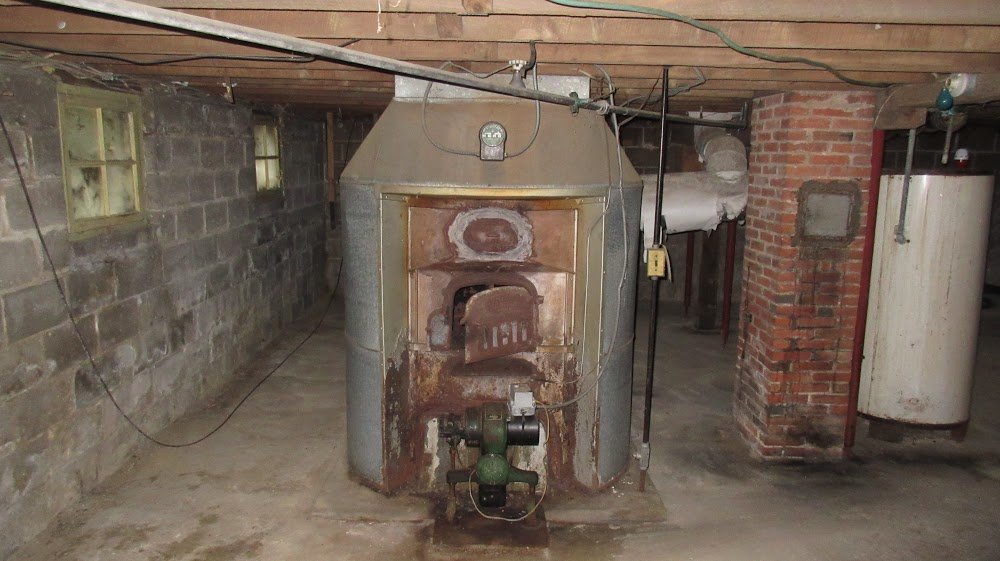
Historic home inspections require experience
Inspecting an historic home is different from inspecting a more recently built home. It may require more experience, but once inspectors get comfortable inspecting them, the work becomes fun, just learning how things were done decades ago and teaching potential home owners about their future labor of love, according to Michael Marlow, MBA, CPI, owner of Annapolis, Md.-based Veteran Home Inspections.
“The biggest thing is remembering that the house has been there for 100-plus years. It’s not going to fall down tomorrow because they didn’t build it the way they build today,” Marlow said. “You have to look at everything in the perspective of when it was built. Ask yourself the question: Is it functioning as intended?”
Historic homes are defined in various ways, but, in essence, the government’s National Register of Historic Places Program evaluates properties based on age (at least 50 years), integrity and significance. These properties are meant to be preserved to look much like they did in their original state.
That can present a challenge for home inspectors and, particularly, for real estate agents.
Realtor Max Sempowski, of Hometown Realty, with offices in South/Central Virginia, works exclusively with historic homes. Sempowski said he has three or four inspectors that he uses, who he considers to be qualified old house inspectors.
“They come in and look for things that are extremely important, but they don’t nitpick,” Sempowski said. “You need to have an inspector that totally understands historic homes and focuses on the important things.”
Inexperienced inspectors might fall into a trap of saying something’s not right in an old home because that’s not how we do it today, Marlow said. But the reality is that historic homes are very different and those differences aren’t necessarily bad.
One of the biggest challenges of inspecting an old home, according to Marlow, is learning how to present what you find to clients.
“It’s very easy to scare the buyer — especially the first-time buyer. They’re looking at the old home that they fell in love with (the appearance of it), and then the inspector comes along and says, ‘Oh my God! You have two-pronged outlets throughout ….’ You could make any house sound like a death trap,” Marlow said. “The key is putting it in context. There are things that are 100 years old and you need to break it down between the things that may not be convenient versus the things that are downright safety hazards.”
The code at the time a home was built is what applies. Or if areas of the house have been renovated, the code at the time of the renovation applies, according to Marlow.
Having said that, Marlow added home inspectors are not code inspectors.
“It’s impossible for us to know every single code. What we do, however, is point out safety issues,” he said.
Potential safety hazards and how to handle them
Marlow said he educates clients about how things were done then; how that compares with how they’re done now; and what that means to clients. The basic questions inspectors should ask are: Is it a safety issue? Is it a convenience issue? And is it part of the character of the house?
Balloon framing is one example. According to Marlow, the exterior walls of old two-story houses used to be built with 20-plus-foot two-by-fours.
“And then they would hang the floors off of that,” he said. “Now they use platform construction because it’s hard to get 20-foot two-by-fours or two-by-sixes. The difference is, with balloon construction, you have increased fire spread hazard because you have continuous wall voids from the basement to the attic. Now, that’s something that you have to take into consideration, especially if the buyers are going to be doing renovations on the house because it’s easy to fix while they’re doing renovations.”
Plumbing conundrums are common in historic homes. Unless an old house’s plumbing has been re-done, according to Marlow, the inspector will encounter an aging plumbing system. A real health hazard is lead pipes in the water supply side, which affect drinking water.
“I see that a lot in my area, especially in Washington, DC, and Baltimore — in big cities,” Marlow said. “You want to be able to recognize lead water pipes and educate your client on not only the health hazard but that it is fairly expensive to replace the lines.”
Historic home kitchens and baths have nuances that could set off alarms with inexperienced inspectors. One example: ground fault circuit interrupter outlets. Unless a historic home’s kitchen or baths have been recently redone, it’s unlikely inspectors will find GFCI outlets in those rooms. In this case, inspectors might suggest clients consider having those upgraded for safety, but it’s usually not required that the seller upgrade the outlets, because that wasn’t the code when the kitchen was built.
Knob and tube wiring is one of the original home wiring systems, from the early 1900s, according to Marlow.
“It was two conductors, which didn’t have a ground, so you can’t have a three-pronged outlet on it. The other thing is that the way it was designed, which was before we really started insulating houses, so the wiring is not designed to be covered up by insulation,” Marlow said. “If we find a house that has knob and tube writing still active, our recommendation is going to be to have it evaluated by an electrician, and most likely that the buyer is going to need a rewiring of the house.”
Marlow puts knob and tube wiring in the safety and fire hazard category.
Another big issue in older houses is lead paint.
“We’re most likely to recommend that the client get a lead paint inspection. Some inspectors are professional to do lead paint inspections. That’s another big health hazard,” he said.
Learning more
The Historic Building Inspectors Association is a membership organization offering educational links and resources for inspectors who specialize or want to expand their businesses into this space. However, experience is what makes home inspectors good at inspecting historic homes, according to Marlow.
“When I went through my AHIT course, we did touch on all the older systems because they wanted us to be able to identify them. We talked about knob and tube wiring and older heating systems…,” he said.
That initial introduction helps inspectors to know what they’re seeing in these homes. From there, it’s understanding how to present the information to the client.
“You’re still giving them the information they need, but in a manner that is factual instead of [a dramatization],” Marlow said.






